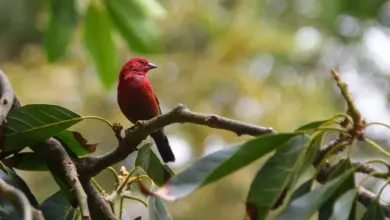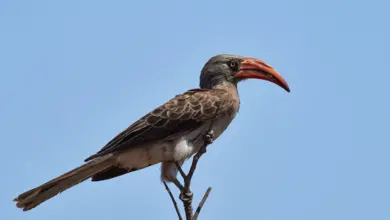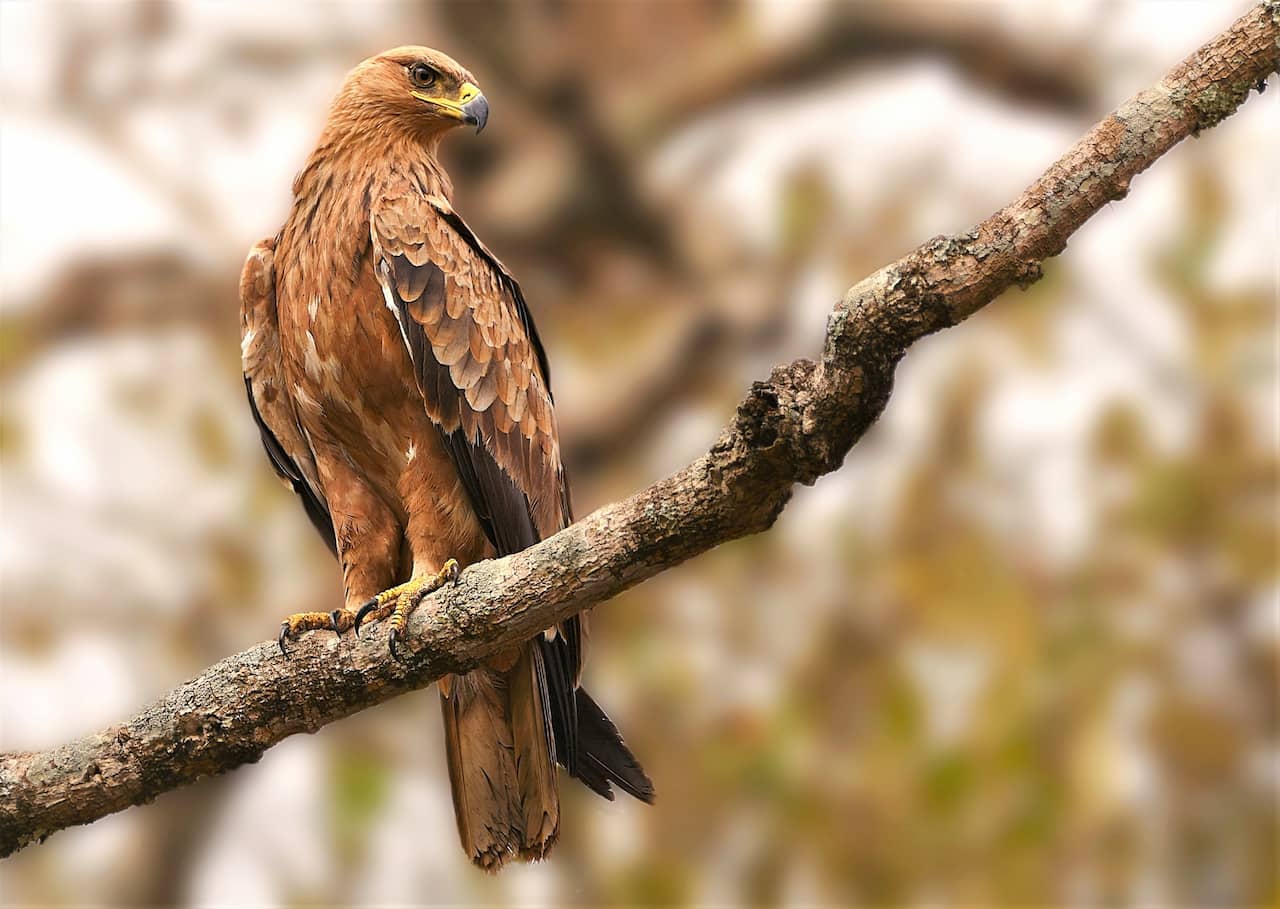Speke’s Weavers
Speke’s Weavers, Ploceus spekei, is a familiar East African songbird. This weaver was named in honor of John Speke – an officer in the British Indian army, who made three voyages of exploration to Africa.
Description
The eyes are pale and the bill is on the large side for a weaver. Unlike many weavers, it has the same plumage all year.
The adult male is yellow with black throat (edged rusty), face, and bill, and variable black mottling on the back.
The adult female‘s upperparts are dull olive-gray with dusky brown streaks; the underparts are pale yellow, whiter on the belly and grayer on the flanks.
The juvenile is similar but duller.
Calls / Vocalization
The song is variable; one version is transcribed as “pew…pew…tew, chinkichi-chewchew-skerinkitsitew. Calls include harsh chatter at the nest and “a sharp tseep!”
Nesting / Breeding
This species nests in colonies or occasionally singly. The nest, often woven in an acacia, is spherical with a short entrance tube opening sideways or downward. Many grass stems project sloppily, sometimes obscuring the shape. It nests in both the short rainy season and the middle of the long rainy season. Typical clutches comprise four eggs, which are unmarked deep blue, somewhat pointed at both ends, 24 to 26 mm long and 15 to 17 mm wide.
Distribution / Range
Speke’s Weavers is found in northern and eastern Somalia, Ethiopia, Kenya (mostly the central highlands), and northeastern Tanzania. It inhabits savanna, bush, agricultural land, and towns. In parts of its range it is common, notably the densely populated area of Nairobi and environs, where it visits bird feeders.




